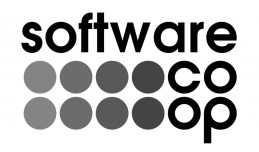I’m putting together a list of email server features that you should look for. I’m thinking:
- Transport Layer Security support –
- this successor to SSL means that your connection will be encrypted. You want this so that your email and your login details aren’t being intercepted. Unless you trust everything between you and your mailserver completely, this is pretty much a minimum requirement.
- A good login method, probably either CRAM-MD5 or APOP –
- you want this so that you aren’t simply sending your password over the network. Your connection might be encrypted, but this is a belt-and-braces approach.
- IMAP rather than POP –
- Internet Message Access Protocol usually offers many more features than the antiquated Post Office Protocol. POP usually shoves all your email through your virtual letterbox, junk or not, and dumps it on your computer. IMAP is more like telling a postman which email to deliver where and when. You can create folders on the server (as well as on your local computer), you can delete junk mail before you download its bodies and it’s easier to access your email from multiple locations – like your desktop and your phone. QMUL has a longer comparison but nearly everyone would be better off with IMAP.
- Sieve configuration –
- Now I’m getting really optimistic. A Sieve file is an instruction file of standardised mail filtering rules. They’re a little harder to write, but should be much easier to move between Sieve-compatible mailservers.
So do you agree with those as desirable features, and would you add more?
Update: add “user-controllable spam-filtering on receipt” to the above, with a reasonable set of defaults (like: yes to scoring, no to blacklists) and at least the ability to switch it off if you don’t like it.


15 Responses to Best Email Server Features